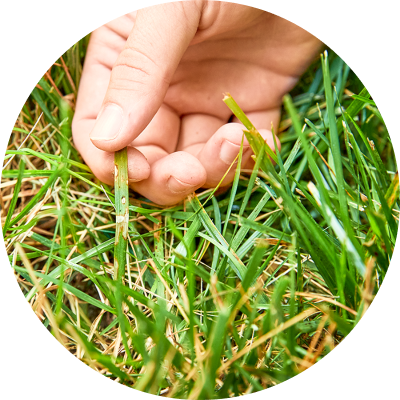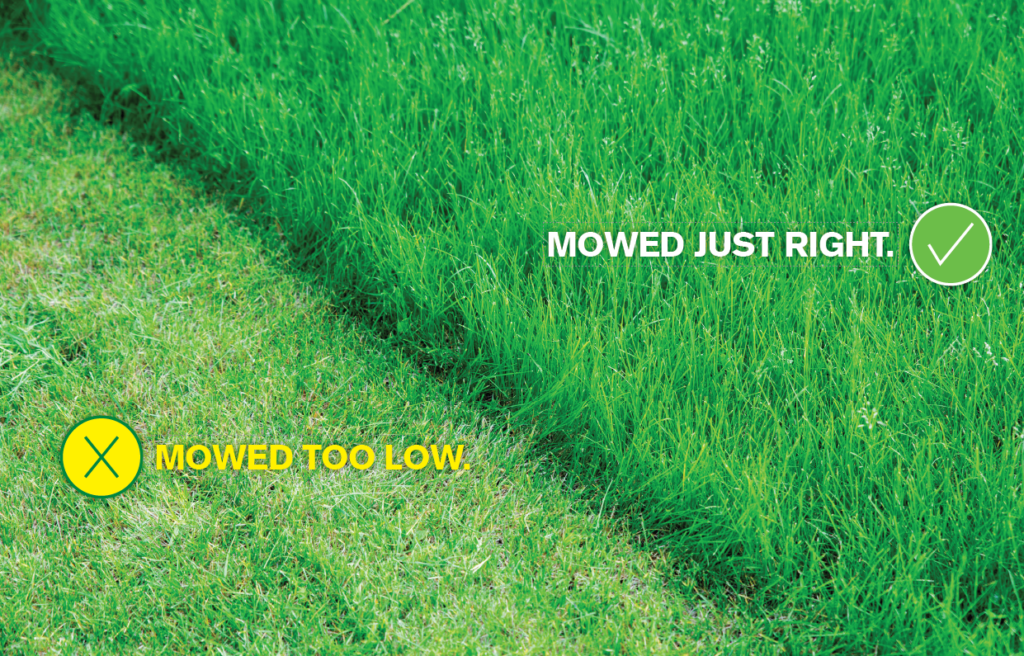Lawn Disease
Lawn diseases can develop and persist throughout the summer depending on temperature, humidity and rainfall. Evening temperatures between low to mid 70s with high humidity can trigger disease activity.
Lawn disease can quickly turn a lush, thick lawn into a patchy, thin lawn with little hope of recovery until fall aeration and seeding.

How To Reduce The Risk of Lawn Disease

Time Your Lawn Mowing
First, mow your lawn later in the day after the grass is dry. This helps prevent the spread of the disease by the mower.
Ensure Adequate Watering
Second, water your lawn in the early morning and use deep and infrequent watering cycles. See our watering recommendations here. Be careful not to over-water, since this can increase the threat and spread of disease.
Raise Your Mower's Cutting Height
Third, raise the cutting height on your mower to the tallest setting possible, ideally 3.5 to 4 inches. This helps minimize the unsightliness of the disease and the damage to the grass.
Virginia Green Can Protect Your Lawn From These Diseases
Fungicides are best utilized as a preventative measure before disease becomes active in the lawn. If disease is already active, the fungicide application can immediately halt the progression of disease, and protect the lawn from further damage for up to 28-32 days.

Have More Questions About Your Lawn Disease
Virginia Green offers Fungicide Application and Disease Control Services as part of its Lawn Care & Supplemental Services Program.